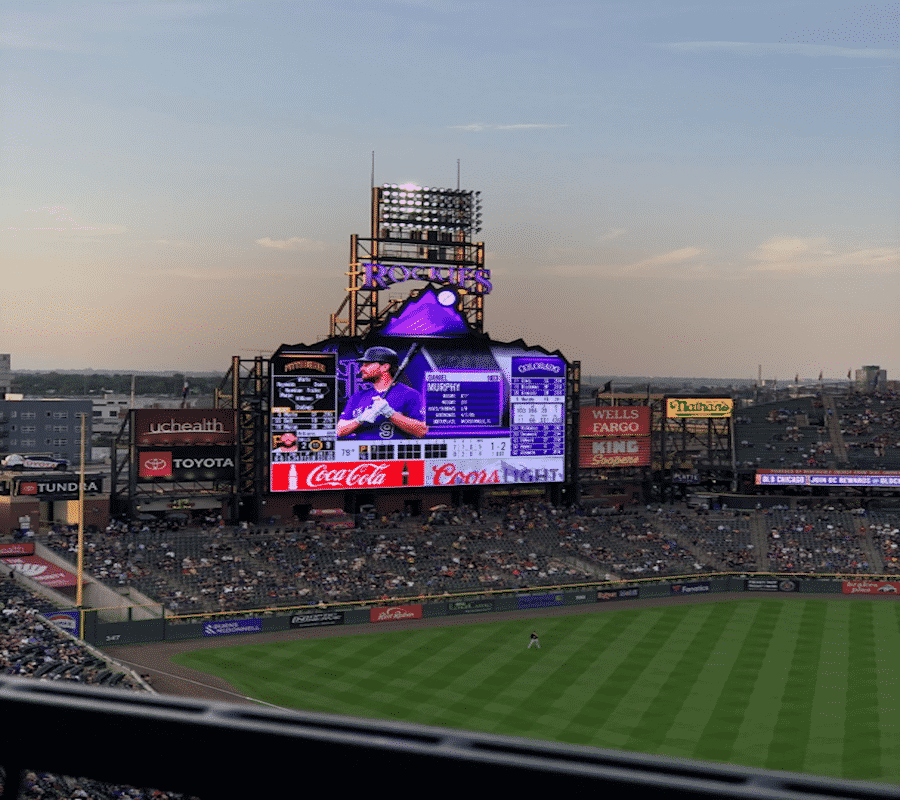
LCD or LED: How to Find the Right Digital Display Solution for Your Business
To make the right choice for your business, understand the differences in technology, cost, and utilization of LCD and LED display panels Digital displays — like a massive, single-screen video board or multi-screen video wall — are engaging solutions for displaying content and videos in the university setting, retail stores and restaurants, broadcast TV, sports stadiums and arenas, conference rooms, worship centers, healthcare centers and other public and commercial venues.
In past blogs, we’ve discussed multiple ways digital displays can be used for education, entertainment, and even security. But first, your Scottsdale, AZ, organization must go through the process of selecting and installing the right display for your goals. Below, we’ll explore the two most popular display technologies available and the pros and cons of each.
SEE ALSO: Optimize Commercial Content Display With a High-End LED Video Wall
First, Understand Your Space Understand your space and its limitations before deploying a video board or video wall solution. The area’s size and shape directly impact other considerations like display size, viewing distance and screen brightness. In a small space, a large display could appear overwhelming to passers-by and detract from the messaging. In a larger space, a small, single-screen display may not be enough to draw the eye.
Display Technologies
There are multiple display technologies on the market, but today we’ll focus on the two most popular types: LCD and direct-view LED. LCD (liquid crystal display). LCD flat-panel displays are formed by placing a layer of liquid crystal between two pieces of polarized glass. An electric current causes the liquid crystals to shift, letting light pass through and create an image. Liquid crystal does not produce its light — backlights (usually LEDs) are necessary behind the glass to illuminate a display. Direct-view LED (light-emitting diodes). A flat-panel LED display is formed from hundreds of light-emitting diodes mounted directly on the panel. Each LED functions as a miniature lightbulb that produces color when electric currents are applied. On a panel, clusters of red, green, and blue LEDs create the full-color pixels necessary to produce an image.
LCD Displays
LCDs have been a popular and reliable display technology for years. It’s very likely the technology you’re using for your computer monitor, smartphone, or TV. LCDs are cost-effective, easy to install, and deliver excellent image quality. Currently, most LCD panels have better resolution than LED panels. They’re a great choice for indoor use in conference rooms, universities, and retail stores because the text, images, and videos appear sharp and detailed even at a close viewing distance. One of the significant downsides of LCD screens is that there are spaces (called bezels) between each panel in a large-scale, multi-panel video wall. Even an ultra-narrow bezel design can’t entirely erase visible seams.
Direct-View LED Displays
Direct-view LED is the hottest display technology on the market right now. With advances in LED technology over the past several years, these displays deliver superb picture quality in brightness, color and contrast. Ultra-high brightness levels make LED panels a great solution outdoors and in spaces with a lot of ambient light. There are no bezels between panels and no size limit on the number of panels you can add and still have a seamless, fluid display. They are a brilliant solution for showcasing eye-catching content on large-scale displays, multi-panel video walls, and outdoor signage. When it comes to LED panels, pixel size and pixel pitch are important. Pixel pitch refers to the distance between LED clusters on a panel. Very small LEDs closer together produce a higher resolution and sharper, more detailed image quality at close-distance viewing. Displays will a fine pixel pitch are a better choice for indoor displays. Large-scale displays and outdoor signage can have a larger pixel pitch because the viewing distance is greater. The most significant downside of direct-view LED is cost. LED panels — especially panels with fine pixel pitch and high resolution — are more expensive than reliable LCDs. However, prices have been dropping steadily over the past few years and will continue to do so.
Work With an Experienced Systems Integrator
Your organization (like most) probably doesn’t have a team trained to install and operate digital display solutions. An AV integrator can provide proper installation and mounting services, calibration and alignment, a full system check, and ongoing support and maintenance. Level 3 Audiovisual is a full-service AV integrator who can help you design and install the technology systems your business needs. We design, build, integrate, and customize digital signage, video board, and video wall solutions for commercial organizations ranging in size from small businesses to enterprise corporations and government institutions. Contact us today to schedule a consultation.

